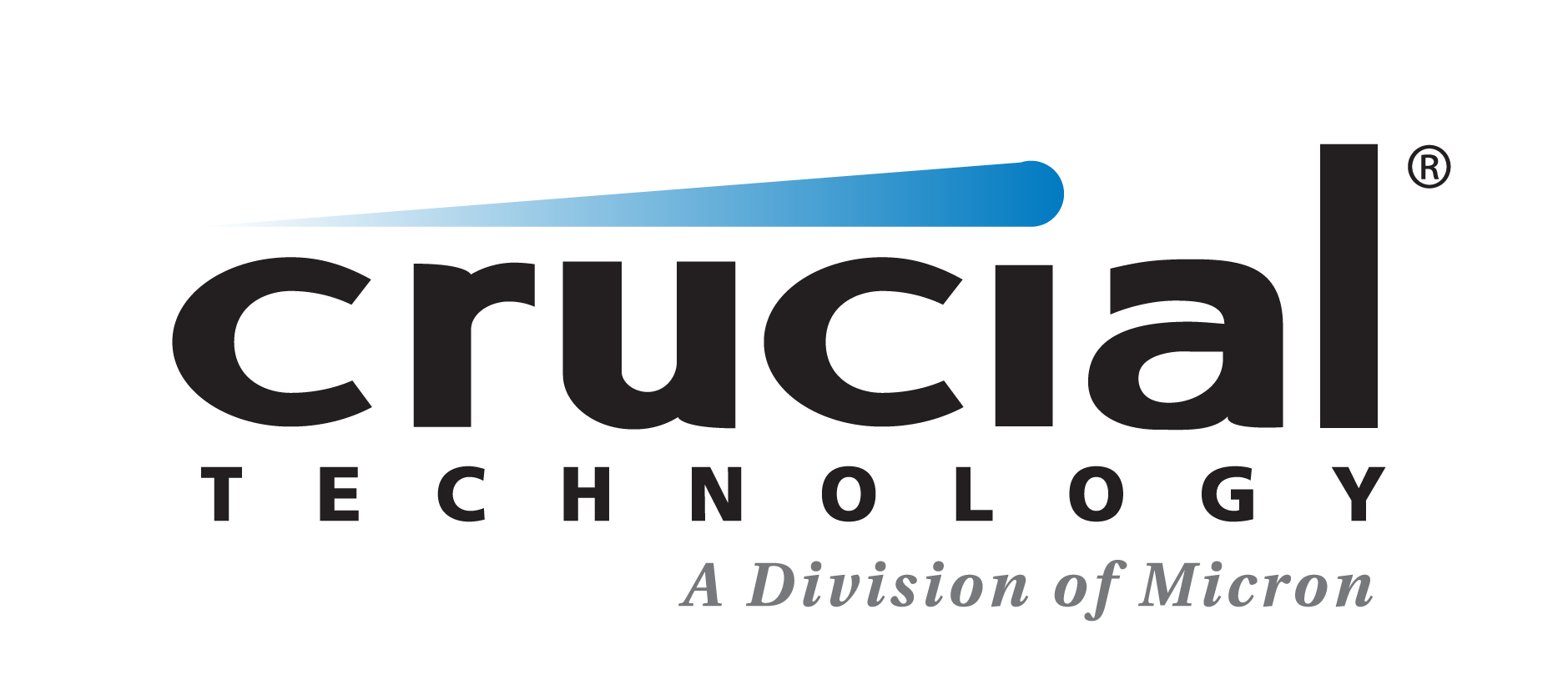Today we have Crucial’s new ‘BX’ series lineup which denotes a budget-oriented drive, whereas the ‘MX’ brand is kept for higher performance drives.
It has become a common strategy in the SSD industry to offer a mainstream drive that focuses solely on cost along with a higher performance model with better feature set for the enthusiasts and professionals.
The BX100 introduced Silicon Motion SM2246EN controller into Crucial’s lineup, paired with the company’s own MLC NAND 16 nm flash chips and a custom firmware and is available in capacities of 120 GB, 250 GB, 500 GB, and 1 TB.
Today we will be studying the 250 GB model.
First about Crucial
Crucial is a global brand of Micron Technology, Inc., one of the largest memory and flash storage manufacturers in the world also ranked among the Top 5 Semiconductor producing companies in the world.
They make computer memory upgrades (DRAM) and solid state drives (SSDs), and offer more than 250,000 upgrades for over 50,000 systems.
Price when reviewed: £ 75.29 - via Amazon.co.uk
Crucial BX100 250 GB 2.5-Inch SATA III Internal Solid State Drive
Presentation
To add that it has 232.9 GB usable and 6 GB additional for overprovisioning.
Also Crucial made available their first ever proprietary SSD software suite - the Storage Executive
http://uk.crucial.com/gbr/en/support-storage-executive
Crucial® Storage Executive
Optimize your Crucial SSD with the Crucial Storage Executive tool.
This free downloadable tool allows you to easily:
- Update your drive to the latest firmware
- See how much storage you’ve used
- Monitor your drive’s operating temperature and overall health
- Reset the drive’s encryption password
- Verify your drive’s model number and more
The Crucial Storage Executive is compatible with Microsoft® Windows® 7 or newer, and works with the Crucial M500, M550, MX100, MX200, and BX100 SSDs.
To mention that Storage Executive is a surprisingly bulky 150MB download for something that runs in a web browser.
Packaging and content
Comes in a very nice and simple box with all the relevant information printed.
Inside we have a 9.5mm spacer.
The BX100 has a very good finish, a rugged look but very nice.
To open the drive the screws have been removed as it now uses a clam-shell design.
Testing methodology
- Synthetic and real life tests.
- All test subject with identical content.
- All SSDs were secure-erased before our test suite
- Steps have been taken to ensure that Sandy Bridge’s power-saving features don’t interfere with any of our results. All of the CPU’s low-power states have been disabled.
- In order to minimize random variation, each of the real-life performance tests is run a few times with reboots in-between tests to minimize the impact of disk cache.
Hardware used:
CPU: Intel i7 2600k TDP 95 W
Motherboard: Asus P8H67-M PRO
Memory Modules: 2x 4 GB DDR3 Crucial Ballistix Tactical Tracers 1600 Mhz
PSU: SeaSonic S12II 500W
Video: Intel integrated graphics HD3000
Software:
Windows 7 Ultimate X64 SP1
Crystal Disk Mark v3.0.2
HD tune Pro v5.50
AIDA64 Disk Benchmark
ATTO v2.47
Results
Power Consumption
In our power consumption tests, we recorded low idle values from the BX100 with only 0.38 watts and also had a low power consumption reading with its highest at only 2.42 watts which took place during write activity.
That is very good !
Analysis
Just by looking at the synthetic numbers versus our test subjects, it can’t compete overall with Samsung’s lineup but the main key here is budget (the “B” stands for that in BX100).
But in real life tests it’s hard to notice a difference between premium top of the line expensive SSD and a budget one - in our opinion if it surpasses the 300 MB/s average mark in read & write speeds, that’s more than enough to have a blitzkrieg machine.
I mean we are talking about 1-2 seconds in our tests.
And this BX100 250 GB from Crucial is a great choice to start in the SSD world for all purposes.
Conclusion
The good:
- Great all-around performer
- Superb price/performance value
- 7 mm thin—ultrabook compatible
- 3 years warranty
- One of the most efficient SSDs
The bad:
- Not that great sequential write speeds but give the price is nothing to complain about
- Maybe market them with a bigger difference gap between the MX series.









